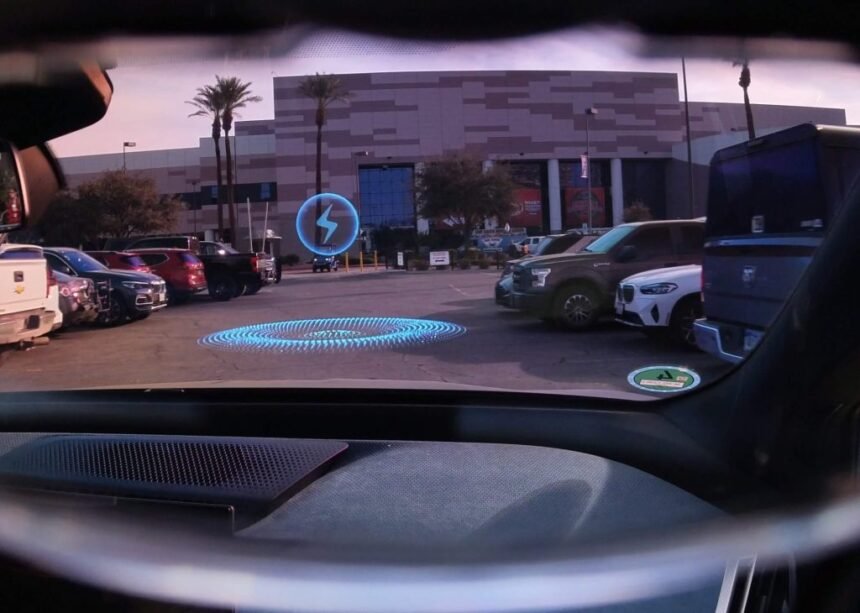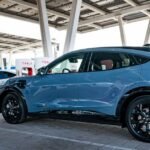The automotive XR industry is still in its early stages, with some OEMs making forward-looking layouts for the future. The integration of XR devices and AI foundation models is revolutionizing the user mobility experience, bringing about significant enhancements in the automotive sector.
As technology advances, XR devices and AI foundation models are disrupting the automotive industry by enhancing user mobility experiences. The introduction of AI foundation models allows XR devices to accurately record parking locations using image recognition technology, making it easier for users to locate their vehicles in complex parking lots. Additionally, XR devices with offline payment functions are evolving automotive ecosystems, allowing users to make payments for parking fees and refueling seamlessly. This integration may extend to subscription services, music/video content purchases, vehicle apps, and online shopping, creating a smart service loop that enhances in-vehicle experiences for users.
For instance, the second-generation Ray-Ban Meta introduced the Meta AI foundation model with an AI memory function that helps users remember daily details such as parking locations. Users can take a photo of their parking spot which is automatically stored in the glasses and synced to their phones, helping them locate their vehicles easily. Similarly, Rokid Glasses and Meizu have integrated payment functions into their devices, allowing users to make quick payments via voice commands without manual operation.
XR technology also integrates vehicle data, expanding application scenarios in entertainment, navigation, driving assistance, and seamless information flow. By deeply integrating vehicle hardware and software information, XR technology enhances in-cabin entertainment, navigation instructions, parking assistance, and interconnection between multiple devices like smartphones, smart glasses, and smart cars.
OEMs are deploying XR technology to explore new growth opportunities in the market. While automotive XR technology is still in its infancy and faces challenges such as maturity, costs, and user acceptance, OEMs like GAC, FAW, Great Wall, Zeekr, and Li Auto are actively seeking breakthroughs. They have disclosed XR-related patents and posted job openings related to AI/VR smart glasses, indicating their commitment to promoting XR technology in the automotive sector.
As XR technology matures, costs decrease, and user demand for smart mobility experiences grows, it is expected to drive transformation in the automotive industry and create new growth opportunities. OEMs are confident in the application prospects of XR technology in the automotive field and are taking concrete actions to accelerate its deployment. With continuous advancements in technology, the automotive XR industry is poised for significant growth and innovation.







